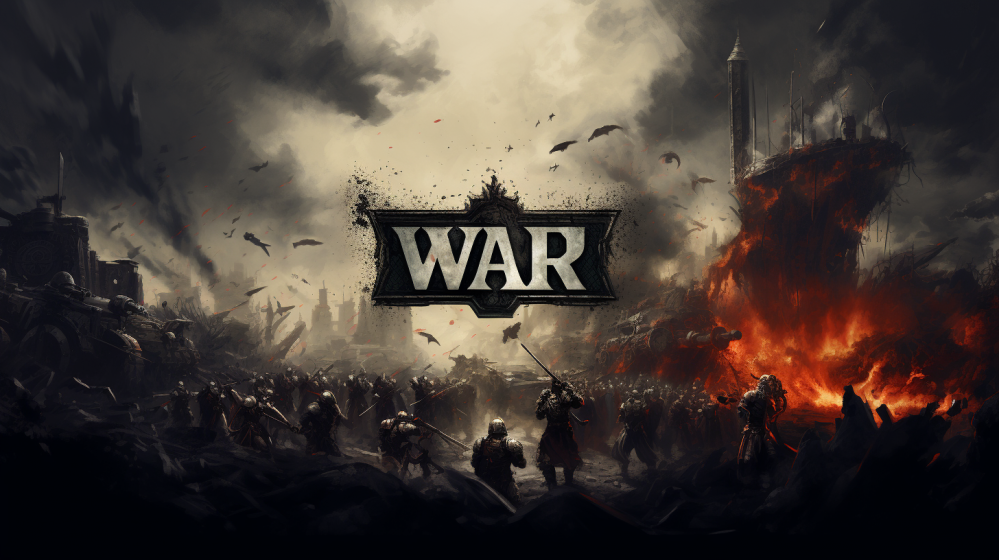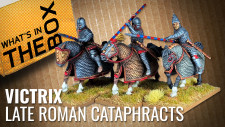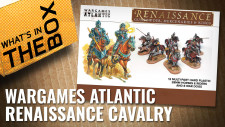
WAR - An Open Source War Game
Turns and Activation
As good a place to start as any!
So one of the goals of the game is to facilitate one interesting game in an evening. Something two players can really get their teeth into.
As a nod to the ADHD folk among us (myself included!) I’m going to try and avoid the whole “I do everything then you do everything – 40K approach” – as ultimately many of us just switch off while we’re waiting, and the lack of reactions is pretty frustrating too.
So I’ve set about thinking about how a battle plays out and what other systems have done to alleviate the ‘boredom factor’. Three games came to mind, Infinity and its ARO system, Bolt Action and the Random Activation System Drawing from the Bag, and Reichbusters, where threat builds over a number of rounds.
So I started to feel an idea develop. Every great story has three acts, a beginning, middle and end, and for many of us who played 40K we’ll remember the 7 turn limit. So for this game I’m going to explore the following activation system.
1) A game has a maximum of 9 rounds, and that is split into three acts of three rounds.
2) Mobilisation (Rounds 1 – 3) For every unit on the table each player gets a single dice in a colour (player one red, player two blue for example). Each player then takes turns at activating a single unit (and that unit can perform two actions) activated units are marked by placing the dice beside them to show they have activated.
3) Fog of War (Rounds 4 -6) The middle act we want to start introducing more uncertainty to the game, so for these three rounds a single dice for each unit is placed in a bag and players then draw the dice at random from the bag. Again a unit can perform two actions, and like before the dice mark what units have activated.
4) Do or Die! (Rounds 7 – 9) *Remember a game may or may not make it to this stage, but if it does we now want to add another layer of chaos and heroics to the mix. So for these three rounds, not only are the activation dice drawn randomly from the bag, but once drawn the player nominates the unit being activated and then rolls the die. On the roll of a 1 – the unit only gets a single action, on a roll of a 2-5 the unit gets to perform two actions and on the roll of a 6 the unit can perform three actions.
On completion of Turn 9 (If it makes it that far!) the game ends and Victory Conditions are consulted to see the outcome.
So three acts start with a benign and in control vibe, which leads to the inevitable fog of war before reaching a chaotic climax of heroics and failure. – That should give the foundations for some interesting stories!










































































I am personally not a fan of a turn limit, why would all of a sudden a battle just end? If it is a given scenario where you have to achieve something in a certain time, then yes it makes sense, but otherwise it doesn’t. A battle should go on as the both forces morale keeps up.
Very interesting point.
I suppose its purpose is to compress things a bit and force a more brutal engagement. We should definately give it some thought though!
I like the idea of three acts or stages of the game. In my opinion these would be scenario rules, not part of the core game.